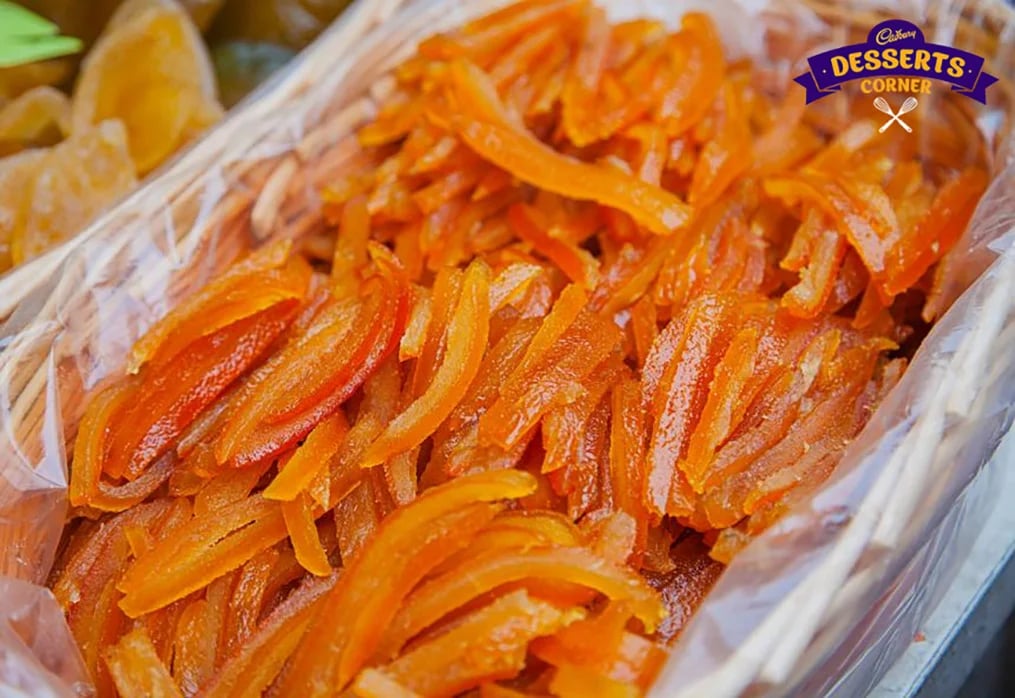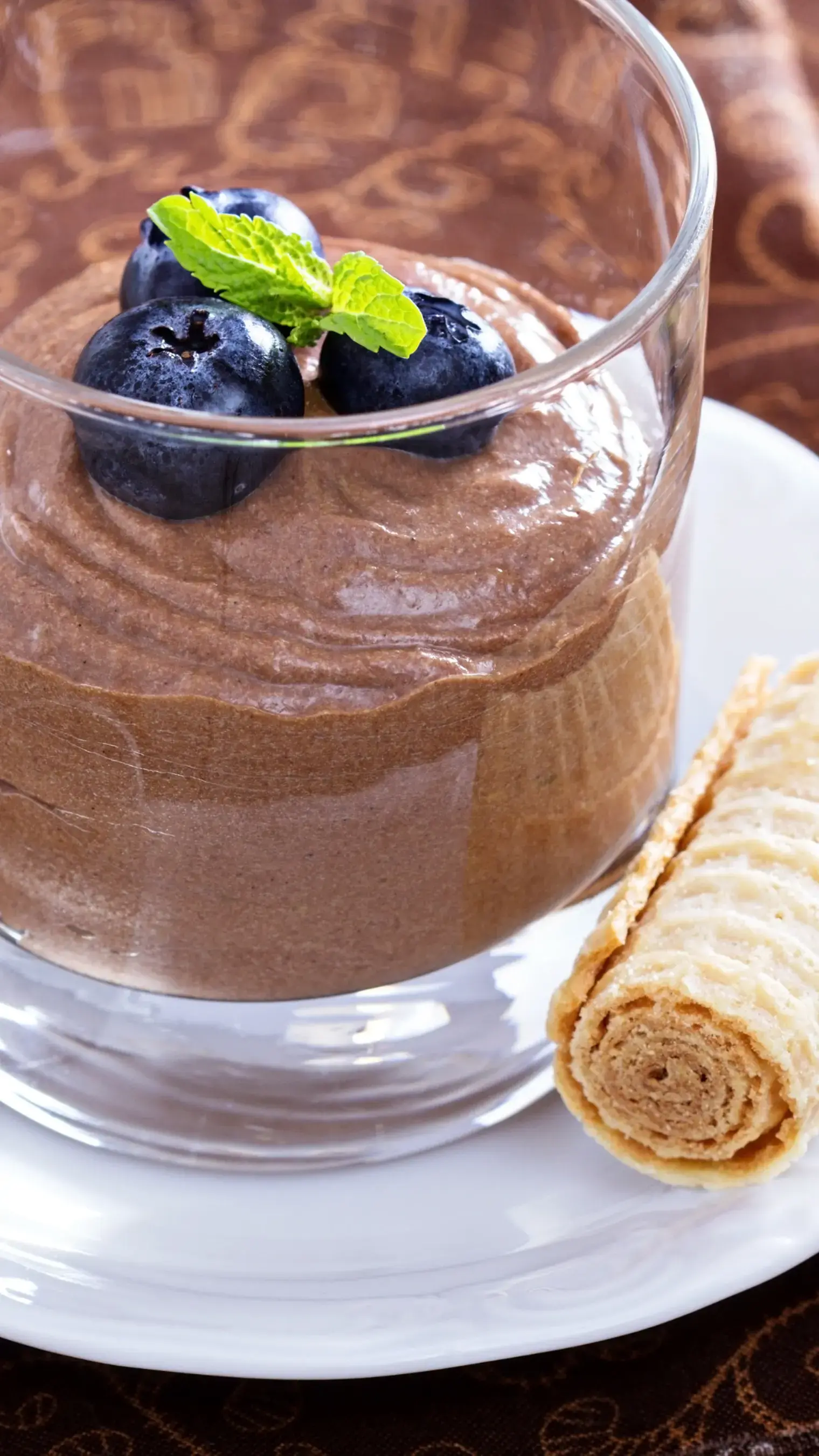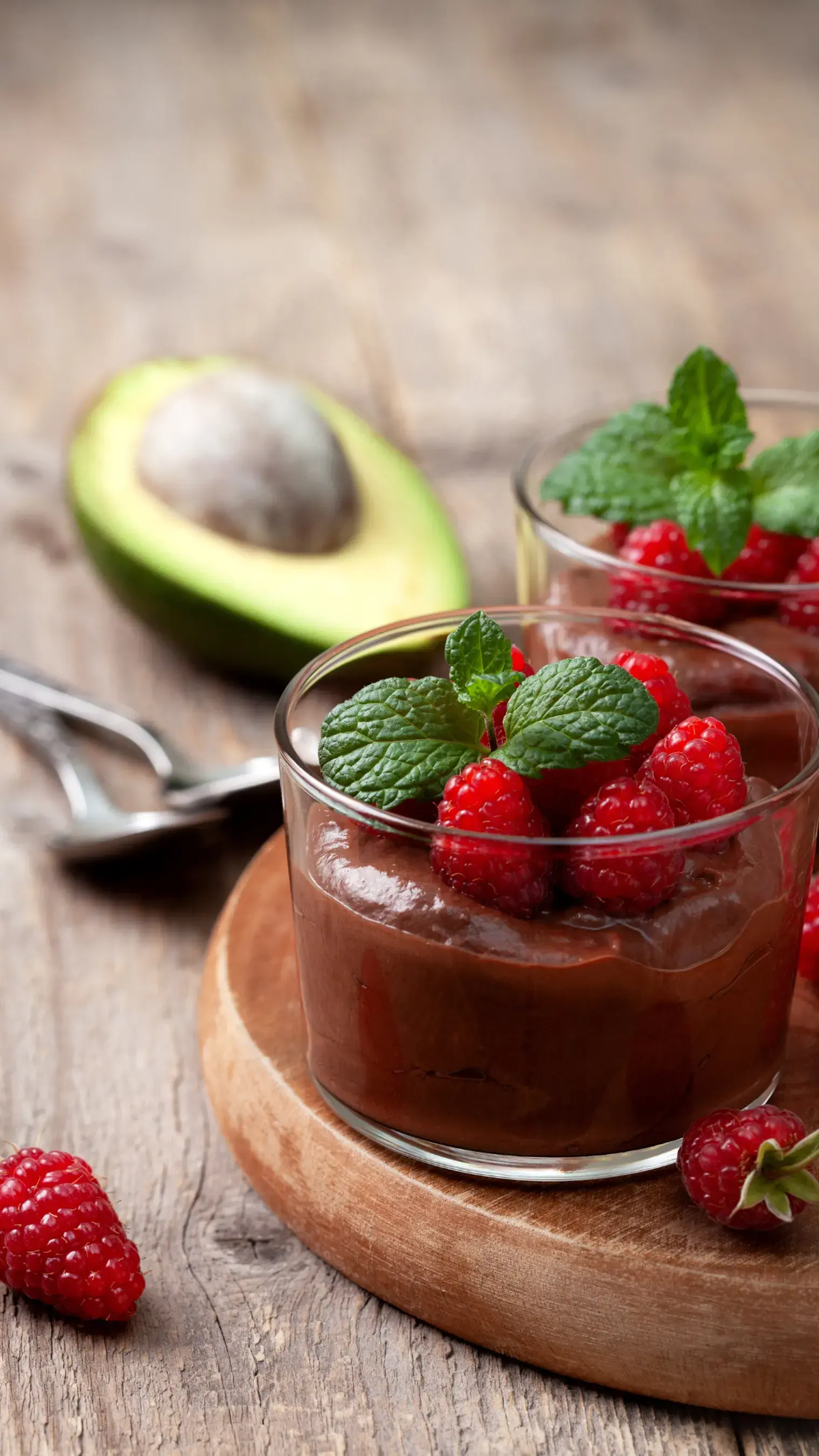Simmering candied citrus peels in a simple syrup turns their astringent, bitter rinds into soft, sweet candy.

How often do you discard the orange peel after eating it? Or you threw away half of a lemon after extracting the juice? What we usually consider to be fruit waste really has a second life that is just waiting to be discovered: candy. Yes, it is correct. These colorful citrus peels may be turned into delicious, colorful tiny pops of flavor that are a great topping for cakes, scones, and biscuits. Not to add, when consumed by themselves, they make delicious snacks. Well, it's possible that you've seen candied citrus peel on the shelves of upscale food stores or that you've seen it when baking. But making it at home is far more enjoyable than purchasing it.
However, what exactly is candied peel anyway? Boiling in a simple syrup turns candied citrus peels from tart, bitter rinds into soft, sugary candy. Blanching the peels—that is, briefly immersing them in boiling water—gets rid of their harsh flavor and makes them more manageable to be eaten on their own. So, how to get this candied peel? Though orange peels are the most popular, you may candy almost any kind of citrus peel, including lemon, grapefruit, pomelo, and kumquat. Fruits with thicker peels are often the best choices for candies since fruits with thinner skins, such as clementines, can occasionally turn harsh after boiling. Additionally, if at all feasible, start with citrus that is cultivated locally or organically, as chemically sprayed fruits may leave an unpleasant aftertaste.
Citrus peels may be made into candies in only three simple steps: prepping, blanching, and boiling them in a solution of sugar and water (simple syrup). Here's a detailed explanation that uses oranges as an example.

Ingredients:
- 1 orange, scrubbed
- 250 gm castor sugar
- Edible gold shimmer for dusting
Directions:
- Remove and slice the peel: Using a sharp paring knife is the easiest technique to remove the skin, although a vegetable peeler will also do the trick. Skin the orange in long strips, starting at the top and working your way down. Take care to cut the skin only, leaving the fruit intact. It's okay if part of the flesh is still on to your peel; simply use your knife to scrape it off. Furthermore, if at all possible, avoid removing too much of the white pith; if you do remove the pith along with the peel, its bitterness will be eliminated. The peel should then be cut into 1/4"-wide strips using a sharp knife.
- Blanch the peel: Blanching the peel will next be done; as previously said, this will take out the bitterness. Place the peel strips in a medium saucepan and pour water over them. The peels should be brought to a boil and left for five minutes. After draining, add the peels back to the pot.
For a total of three rounds, we will repeat this procedure twice more, eliminating more of the bitter flavor with each iteration. After adding water to cover the peels, boil them for five minutes. Next, empty. Again, drain, boil, and cover.
Blanch your peels one or two more times if they are still quite bitter, which may be the case with grapefruit in particular. There you have it! Peels that are pliable and soft, prepared for formal candied fruit processing and how!
- Candy the peels in simple syrup: It's time to add some sugar at last! Pour the blanched peels into a bowl and fill the saucepan with equal amounts (by volume) of sugar and water. To prepare this, all you really need to do is make sure you have enough of the sugar-water combination to completely cover your citrus peels. To give you an idea, you may use 2 cups sugar (396g) and 2 cups water (454g) with around 1 1/2 cups of peels. Bring the sugar and water to a boil while stirring until the sugar dissolves, and then add the peels. Simmer the mixture now. Right now, all you really need to do is wait. Simmer for forty to sixty minutes, stirring from time to time. When the peels are transparent and mushy around the edges, they are ready. As the peels are cooking, line a drying rack with foil or parchment paper to catch any syrup that may spill. When the peels have dried, carefully spread them out on the drying rack after draining off any extra syrup in the sink. You may also conserve the leftover syrup to add some fruit to summertime cocktails, if you'd like. When the peels are cold enough to handle, put them in a dish of sugar to coat if you want to roll them in sugar for an added crunch. If not, you are welcome to leave them alone.
How to use candied citrus peel?
There are a ton of uses for your handmade candied citrus now that you have it!
- Add to recipes that call for candied citrus peel, such Molasses Pound Cake, Easy Florentines, Blueberry Coffeecake with Lemon Streusel, and Orange Walnut Whole Wheat Scones.
- Use as a garnish on baked products like cakes. The Pistachio Orange Cheesecake, for instance, calls for candied citrus peels or slices on top.
- To give more taste and texture to batters and doughs, chop and fold it in. We've got some inventive ideas for using it, including sandwiching it between layers of vanilla trifle cake, making morning glory muffins, or making easy whole wheat apple-raisin bread.
- Consume it! You should feel free to enjoy it as such, as you've essentially just manufactured sweets. For an added kick, you may add some citric acid to your sugar coating if you enjoy sweet-sour candies. Or, for a traditional treat, dip the peels in tempered chocolate, using Cadbury Dairy Milk chocolate for that delicious chocolatey richness.
Although it might be convenient to choose store-bought versions of ingredients such as these, occasionally creating your own can be even more enjoyable and delicious. especially when it's so easy to execute. When you're ready to use them, reserve any leftover citrus rinds in a small bag in the freezer.
Like This Article?
More Like This




Popular Articles




Trending Web Stories
Curated Recipes



















